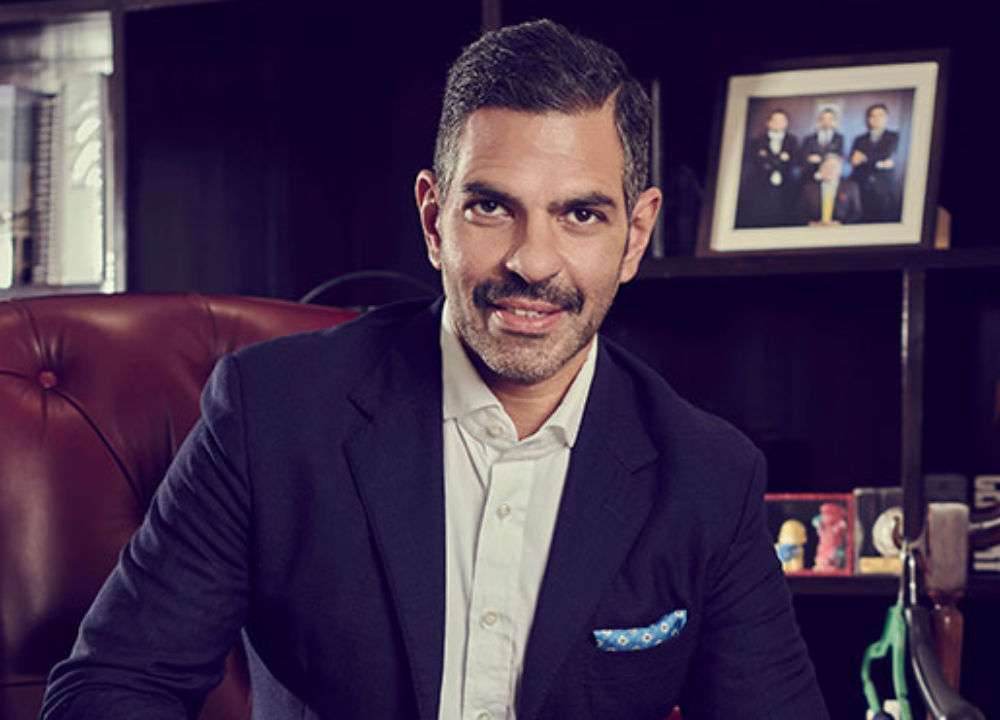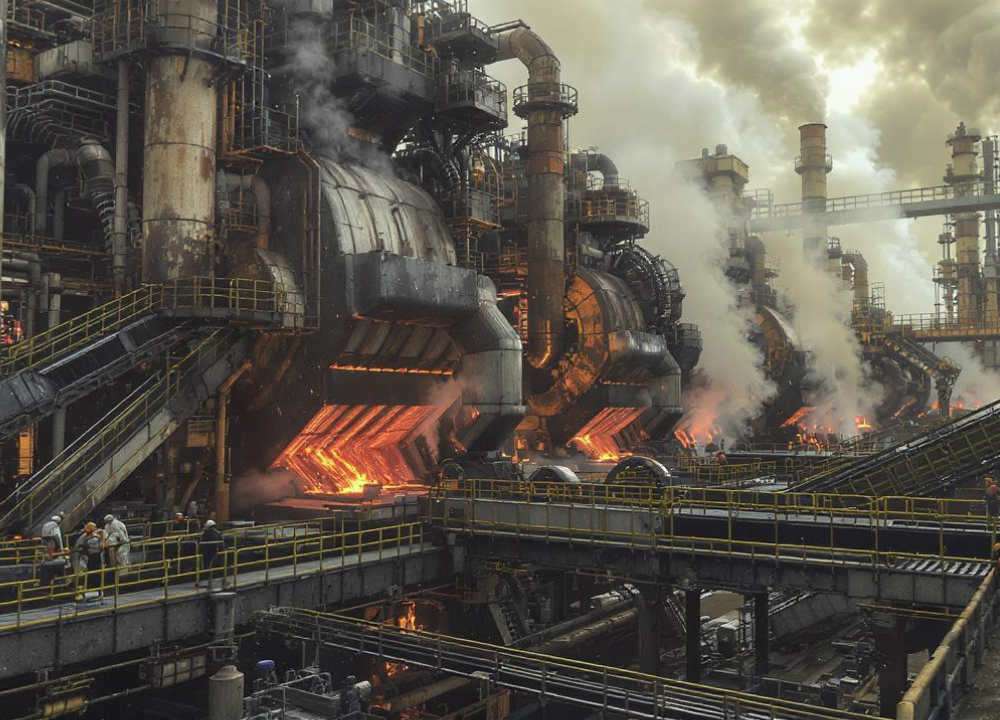At Covestro AG’s Annual General Meeting, held online and streamed live, shareholders backed all proposals from the company’s leadership. Both the executive and supervisory boards received approval for their actions over the past year. Shareholders were able to interact and ask questions through live video, echoing the dynamics of an in-person event.
CEO Dr Markus Steilemann kicked off the meeting with a look back at 2024, a year shaped by global uncertainty, tough market conditions, and fierce competition. “Even with these headwinds, we stuck to our goals and continued reshaping Covestro into a circular economy-focused business,” he noted.
The company identified untapped potential and took important steps to become more innovative and sustainable. “That focus remains unchanged this year—we’re zeroing in on our core strengths across four key areas,” he added.
Covestro has updated its strategy to reflect today’s market demands while rethinking its internal structure. “We’re looking closely at every part of the company to find ways to be faster, leaner, and more effective,” said Steilemann. The goal is to streamline how the company operates and unlock new growth areas.
By 2028, Covestro plans to lower annual costs by €400 million through structural improvements and performance boosts. Its strategy now centers on four main pillars: accelerating its transformation, driving sustainable growth, expanding digital capabilities, and hitting bold sustainability goals. Part of this shift includes optimizing global production capacity, investing in cleaner technologies, and scaling up operations at key locations.
Covestro is also working to reduce its environmental impact by adopting more renewable energy and improving recycling methods. At the same time, it’s integrating digital tools throughout its operations to improve efficiency and discover new business potential.
Steilemann also highlighted the strategic partnership with XRG, describing it as a timely and valuable move. The deal is expected to wrap up in the second half of 2025.
As the meeting ended, five board members—Dr Christine Maria Bortenlänger, Lise Kingo, Dr. Richard Pott, Regine Stachelhaus, and Patrick W. Thomas—were reelected for another two-year term. Each brings valuable experience in governance, sustainability, and industry. Dr Pott was also confirmed as Chair of the Supervisory Board.
CFO Christian Baier shared the latest financials, explaining that although production volumes rose thanks to targeted actions, declining prices resulted in a 1.4% drop in revenue to €14.2 billion. While operating earnings (EBITDA) held steady, asset impairments dragged down net profit. In line with the company’s policy of tying dividends to its financial performance, Covestro decided not to pay a dividend for the 2024 fiscal year.
Steilemann closed his remarks by outlining the road ahead. “We’re navigating through complex challenges, but we’ve got a solid strategy and a clear direction. With a focus on cost efficiency, innovation, and sustainability, we’re ready to lead the industry’s shift toward a circular future.”
Covestro is a global leader in the production of premium polymer materials and their components. Through innovative technologies and solutions, the company contributes to greater sustainability and improved quality of life across a wide range of industries. Its materials are used by customers worldwide in sectors like transportation, construction, electronics, and energy. Covestro’s products also play a key role in areas such as sports, healthcare, telecommunications, and the broader chemical industry.
The company is fully committed to advancing a circular economy and has set ambitious climate goals: it aims to reach carbon neutrality for its Scope 1 and Scope 2 emissions by 2035, and for Scope 3 emissions by 2050. In 2024, Covestro reported sales of €14.2 billion. By the end of the year, it operated 46 production sites around the globe and employed about 17,500 people.








